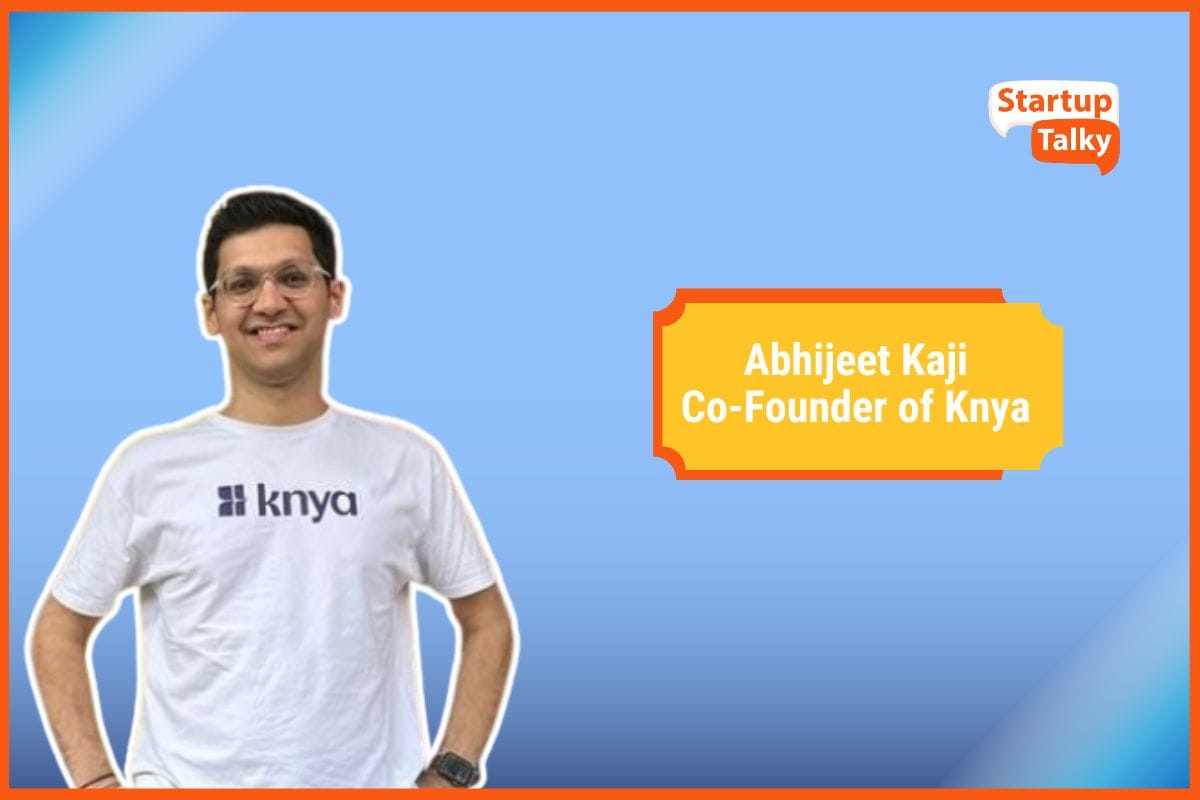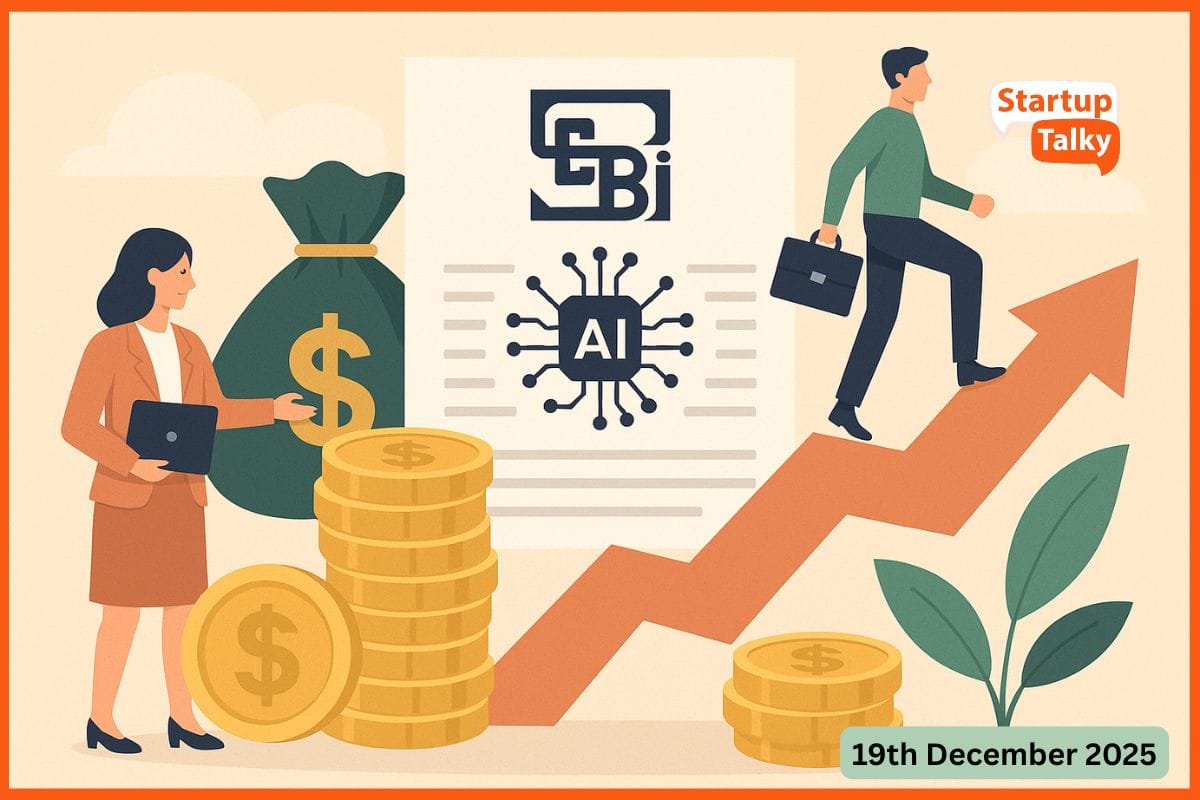10 Biggest Failed Products of Google
Collections 🗒️
Google is known for its search engine, which is one of the most widely used on the internet. The company also offers a range of other products and services, including email, maps, productivity tools, advertising platforms, and hardware such as smartphones and smart home devices. In addition to its core business, Google has also pursued a number of other ventures, including developing autonomous vehicles, launching satellite internet service, and investing in renewable energy. The company has a strong focus on innovation and is known for its culture of experimentation, which has led to the development and launch of numerous products and initiatives over the years.
In this matter of growing the business and arms and legs of google, it has made a lot of mistakes too. Mistakes, and that too, publicly. They take on pride and be true, that is the only way to grow. Here in this article, we have listed some of the ventures that soon failed after google launched them and could not become a hit like other Google services. This is just a small sample of the products that Google has discontinued over the years. Google is known for experimenting with and launching new products, and it is not uncommon for the company to discontinue products that are not successful or do not meet its goals.
- Google Glass
- Google Wave
- Google Buzz
- Google Reader
- Google Nexus
- Google+
- Google Allo
- Google Inbox
- Google Hangouts
- Google Play Music
Key Takeaways
Google and Failed Products
There are many products that Google launched that did not become a hit but served as a lesson to the company. Google is known for experimenting with and launching new products, and it is not uncommon for the company to discontinue products that are not successful or do not meet its goals. This is just a small sample of the products that Google has discontinued over the years. Let us see some of the viral but failed products.
Google Glass

A wearable computer with an optical head-mounted display was released in 2013 and discontinued in 2015. Google Glass was a wearable computer with an optical head-mounted display that was developed and manufactured by Google. It was released in 2013 and discontinued in 2015. Google Glass was designed to be a hands-free device that could be worn like a pair of glasses, allowing users to access information and interact with their surroundings in a more seamless and natural way. It featured a small display that was positioned just above the wearer's right eye, and it could be controlled using voice commands or touch gestures on the frame.
Google Glass was capable of displaying notifications, taking photos and videos, and providing real-time information about the user's surroundings. It was also able to connect to the internet and access a variety of apps and services.

Although Google Glass received a lot of attention and generated significant buzz when it was first announced, it ultimately struggled to gain widespread adoption. It faced a number of technical and privacy concerns, and it was eventually discontinued in 2015. However, the technology and concept behind Google Glass have continued to influence the development of other wearable products and augmented reality products.
Google Wave

A communication and collaboration platform that was launched in 2009 and discontinued in 2010. Google Wave was a communication and collaboration platform that was launched by Google in 2009 and discontinued in 2010. The platform was designed to allow users to communicate and collaborate in real-time using a variety of tools and features, including text, images, videos, maps, and more.
One of the key features of Google Wave was its ability to allow users to edit and collaborate on documents in real-time, similar to a Google Doc. Users could also leave comments on specific parts of the document and see other users' changes as they were made.
Google Wave also included a messaging feature that allowed users to send messages and attachments to each other, as well as a feature called "Wave Robots" that allowed users to automate certain tasks within the platform.
Despite its innovative features, Google Wave struggled to gain widespread adoption and was eventually discontinued in 2010. However, some of the ideas and technologies developed for Google Wave were later incorporated into other Google products, such as Google Docs and Google Drive.
Google Buzz

A social networking service that was integrated into Gmail in 2010 and discontinued in 2011. Google Buzz was a social networking service that was integrated into Google's Gmail service in 2010. It allowed users to share updates, photos, videos, and other content with their contacts, and it also had features for commenting and liking posts.
Buzz was intended to be a rival to other social networking platforms like Facebook and Twitter, but it was met with a lukewarm response from users and faced criticism for privacy concerns. In 2011, Google announced that it would be retiring Buzz and integrating its features into other Google products.
One of the main criticisms of Google Buzz was that it automatically created a list of a user's contacts based on the people they frequently emailed or chatted with, and it made this list visible to the user's followers. This led to concerns about privacy, as people's contacts were made public without their explicit consent. Google eventually addressed these concerns by allowing users to edit their contact lists and by making it easier to control who could see their posts.
Despite its short lifespan, Google Buzz did influence the development of other social networking and communication tools, and it helped to pave the way for the integration of social features into Gmail and other Google products.
Google Reader

A news aggregator that was launched in 2005 and discontinued in 2013. Google Reader was a news aggregator that allowed users to subscribe to and read news and other content from a variety of sources in one place. It was launched in 2005 and was popular among users who wanted to keep track of their favourite websites and blogs, as well as among developers who used its API to build applications that integrated with the service.
Google Reader had a number of features, including the ability to organize subscriptions into folders, mark items as read or unread, and share items with others. It was available as a web-based application and also had mobile apps for iOS and Android.
In 2013, Google announced that it was discontinuing Google Reader, citing declining usage and a need to focus on other priorities. The service was officially shut down on July 1, 2013. Despite the popularity of the service among some users, its shutdown was met with backlash from some quarters.
Google Nexus

A line of consumer electronic devices ran on the Android operating system and was discontinued in 2016. Google Nexus was a line of consumer electronic devices that ran on the Android operating system. The line included smartphones, tablets, and streaming media players. The Nexus brand was developed in partnership with various hardware manufacturers, such as LG, Huawei, and HTC, and was designed to showcase the latest version of Android and provide a pure Android experience without any additional software or customization from the manufacturer.
The first Nexus device, the Nexus One smartphone, was released in 2010. Over the years, Google released several other Nexus devices, including the Nexus 7 tablet, the Nexus 10 tablet, and the Nexus Player streaming media player. In 2016, Google discontinued the Nexus line and replaced it with the Google Pixel brand.

Nexus devices were known for their high-quality hardware, fast performance, and timely updates to the latest version of Android. They were popular among Android enthusiasts and developers who appreciated the clean, unmodified version of Android and the ability to root and customize their devices. However, the Nexus line never achieved the same level of market share or popularity as other Android devices from manufacturers such as Samsung and LG.
Google+

A social networking service that was launched in 2011 and discontinued in 2019. Google+ was a social networking service that was launched by Google in 2011. It was designed to allow users to connect with each other and share information, such as photos, videos, and links, in a manner similar to other social networking platforms like Facebook and Twitter.
Google+ had a number of features, including:
- Streams: A feed of updates from people in a user's circles (groups of people that a user had chosen to follow).
- Communities: Groups of people who shared a common interest and could discuss and share content related to that interest.
- Hangouts: A video chat feature that allows users to have group conversations or one-on-one conversations with other users.
Google+ was initially met with positive reviews, but it struggled to gain a significant user base and faced competition from other social networking platforms. In 2019, Google announced that it would be shutting down Google+ due to low usage and the discovery of a security flaw that had exposed the personal data of hundreds of thousands of users. Google+ officially shut down in April 2019.
Google Allo

A messaging app that was launched in 2016 and discontinued in 2018. Google Allo was a messaging app developed by Google that was launched in 2016 and discontinued in 2018. The app was designed to allow users to communicate with each other through text, images, and emojis, and it included features such as smart replies, which offered automated responses to messages based on the context of the conversation.
One of the main features of Google Allo was its integration with Google Assistant, a virtual assistant that could help users with tasks such as searching the web, setting reminders, and making recommendations. The app also had a feature called "incognito mode," which allowed users to send messages that would automatically be deleted after a set amount of time.
Google Allo was available on both Android and iOS platforms and could be downloaded for free from the App Store or Google Play. However, despite its features and integration with Google Assistant, the app struggled to gain a significant user base and was eventually discontinued in favour of other messaging platforms developed by Google.

Google Inbox

A mobile app and email service that was launched in 2014 and discontinued in 2019. Google Inbox was a mobile app and email service that was launched by Google in 2014. It was designed to help users manage their email more efficiently by providing features such as the ability to snooze emails, create to-do lists, and set reminders. Inbox also offered email categorization, which automatically sorted emails into categories such as "Promos," "Purchases," and "Travel."
Inbox was intended to be an alternative to the traditional Gmail interface, and it was initially only available by invitation. However, it was eventually made available to all Gmail users.
In 2019, Google announced that it would be discontinuing Inbox and integrating its features into the regular Gmail interface. The Inbox app was officially shut down in April 2019, and all user data was transferred to Gmail.
Many users appreciated the additional features and functionality that Inbox provided, but some found it confusing or overwhelming. Ultimately, Google decided to discontinue the Inbox app in favour of focusing on improving and updating the core Gmail experience.
Google Hangouts

A communication platform that included messaging, video chat, and VOIP features was discontinued in 2020. Google Hangouts was a communication platform that included messaging, video chat, and Voice over Internet Protocol (VoIP) features. It was launched by Google in 2013 as a replacement for several older messaging and video chat products, including Google Talk, Google+ Messenger, and Google Hangouts Chat.
Google Hangouts was available on desktop and mobile devices, and users could access it through the web or through dedicated apps for Android and iOS. It allowed users to send messages, make voice and video calls, and share photos and files with other users. It also had a number of additional features, such as the ability to make phone calls to landline and mobile phones, participate in group conversations with up to 150 people, and use a variety of emoji and stickers to express themselves.
Google Hangouts was widely used for personal and business communication, and it was integrated with a number of other Google products, including Gmail, Google Calendar, and Google Drive. However, in 2020, Google announced that it would be discontinuing the service and transitioning users to other communication platforms, such as Google Meet and Google Chat. The company cited the growing popularity of these newer products as the reason for the discontinuation of Hangouts.
Google Play Music

A music streaming service that was launched in 2011 and discontinued in 2020. Google Play Music was a music streaming service developed by Google that allowed users to listen to music on demand and discover new music. The service was launched in 2011 and was available on a variety of platforms, including Android, iOS, and the web.
Google Play Music offered a large library of songs, albums, and playlists that users could access through a subscription or by purchasing individual tracks or albums. The service also included features such as personalized recommendations, curated playlists, and the ability to upload and stream up to 50,000 of your own songs.
In addition to streaming music, Google Play Music also offered a number of radio stations that played music based on different genres, moods, and activities. Users could also create their own radio stations based on a specific artist or song.
Google Play Music was discontinued in 2020 and was replaced by YouTube Music, another music streaming service developed by Google. Many of the features and functions of Google Play Music were integrated into YouTube Music, including the ability to upload and stream personal music libraries and access a large library of songs and albums.
Key Takeaways
While Google is learning and getting better by making mistakes, we can also learn from this. We don't have to repeat mistakes, we can just look for the key takeaways and move on to build a better product. There are a few key learnings that can be taken away from Google's failed products:
Market fit is important: Many of Google's failed products did not gain traction with users because they did not solve a problem or fulfil a need in a way that resonated with the target market. It's important for companies to carefully consider whether a product or service is meeting the needs and desires of their target audience.
Competition can be fierce: In some cases, Google's failed products were competing in crowded markets with strong incumbent players. It can be challenging to gain a foothold in a market that is already dominated by well-established competitors.
Timing is crucial: Some of Google's failed products were launched at a time when the market was not yet ready for them or when similar products were already well-established. It's important for companies to consider the timing of their product launches and whether the market is ready for their offering.
It's okay to pivot or discontinue products: Google has shown that it's willing to pivot or discontinue products that are not meeting its goals or are not resonating with users. It's important for companies to be willing to make tough decisions and change course if necessary, rather than continuing to invest in products that are not performing well.
Continuous experimentation and innovation are key: Despite some failed products, Google has had many successful products and services as well. This success is often attributed to the company's culture of continuous experimentation and innovation, which allows it to quickly test new ideas and pivot as needed.
Conclusion
It is common for people and products to experience failure as a part of the process of learning and improving. Failure can be a valuable opportunity to reflect on what went wrong, identify areas for improvement, and make changes to better achieve success in the future. This is true for individuals as well as for companies and their products.
In the case of Google, the company has a culture of experimentation and innovation, and it is not afraid to take risks and try new things. As a result, some of its products and initiatives have been successful, while others have not. However, even products that are discontinued or shut down can provide valuable insights and experiences that can be applied to future projects.
Despite its success and influence in the tech industry, Google has had its share of failed products and initiatives. From Google Glass to Google Wave, these discontinued products serve as a reminder that even the most innovative companies can experience setbacks and failures. However, these failures can also provide valuable lessons and insights that can inform future product development and help a company like Google continue to push the boundaries of what is possible. So, it is important for companies to embrace failure and learn from it as a part of the innovation process.
FAQ
How many people use Google for services?
Google is the world's largest search engine, and it has over 1 billion people who use its products and services.
Was Google Glass a failure?
This revolutionary high-potential holder product was largely rejected by consumers from the mass market. Google Glass failed in many elements such as health and safety concerns, extensively high price, heat issues and many more.
Why did Google Plus fail?
The answer to why Google+ failed could be attributed to its clumsy user interface. Google's focus at the time of its establishment was on its users, not the general public.
Why did Google wave fail?
The wave was a finished product at the time of its release. It was buggy, and the user interface was poorly-designed and bothersome to use. Users got tired of explaining to their colleagues and friends how Wave worked and how to use basic features.
Must have tools for startups - Recommended by StartupTalky
- Convert Visitors into Leads- SeizeLead
- Website Builder SquareSpace
- Manage your business Smoothly Google Business Suite






